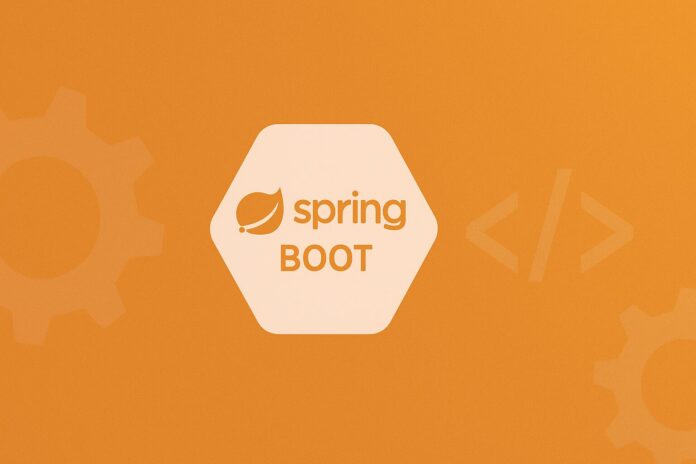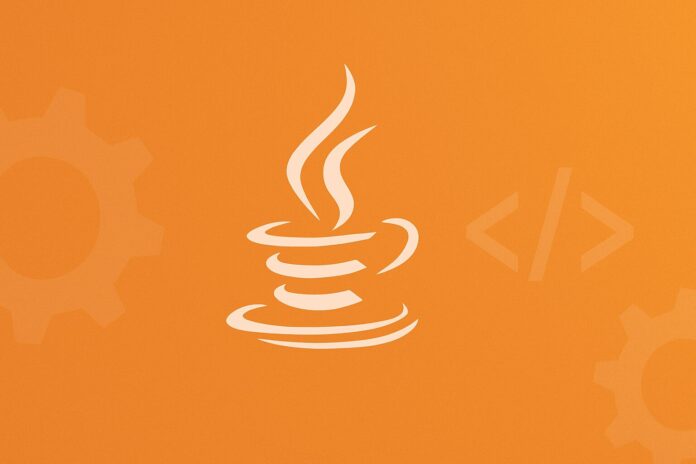Table of Contents
- What is the Spring Framework?
- Why Use Spring?
- Core Concepts of Spring Framework
- Inversion of Control (IoC)
- Dependency Injection (DI)
- Aspect-Oriented Programming (AOP)
- Spring Modules Overview
- Spring vs Traditional Java Development
- Introduction to Spring Boot
- Benefits of Spring Boot
- Spring Boot Architecture
- Key Annotations in Spring and Spring Boot
- Spring Boot CLI and Initializr
- Comparison: Spring vs Spring Boot
- Conclusion
1. What is the Spring Framework?
Spring Framework is a powerful, feature-rich, and modular Java framework designed for building enterprise-level applications. It simplifies Java development by offering a comprehensive programming and configuration model for modern Java-based enterprise applications.
It is widely used to build web applications, RESTful APIs, microservices, data access layers, and more — and serves as a foundation for numerous other frameworks like Spring Boot, Spring Security, Spring Data, and Spring Cloud.
2. Why Use Spring?
Traditional Java development (especially with JEE/Java EE) can be cumbersome due to boilerplate code, tightly coupled components, and complex configurations.
Spring addresses these issues by:
- Reducing boilerplate code using Dependency Injection
- Supporting Aspect-Oriented Programming (AOP)
- Providing integration with other frameworks (Hibernate, JPA, JMS)
- Offering modularity and testability
- Supporting both XML and annotation-based configurations
- Simplifying unit testing via loose coupling
3. Core Concepts of Spring Framework
3.1 Inversion of Control (IoC)
IoC is a design principle where control of object creation and management is transferred from the program to the Spring container. This means you don’t instantiate classes directly; instead, Spring does it for you.
3.2 Dependency Injection (DI)
DI is the mechanism by which Spring achieves IoC. It allows you to inject dependencies (objects) into classes through:
- Constructor injection
- Setter injection
- Field injection
Example:
@Component
public class Car {
private Engine engine;
@Autowired
public Car(Engine engine) {
this.engine = engine;
}
}
3.3 Aspect-Oriented Programming (AOP)
AOP enables separation of cross-cutting concerns (like logging, security, transactions) from business logic. Spring AOP allows you to define these concerns in reusable modules.
Example: Logging logic can be separated from core business logic and executed before/after certain methods using aspects.
4. Spring Modules Overview
Spring is divided into multiple modules such as:
- Spring Core: IoC and DI container
- Spring AOP: Aspect-oriented programming support
- Spring Data: Access and manage relational and NoSQL databases
- Spring MVC: Build web applications
- Spring Security: Authentication and authorization
- Spring Boot: Simplified Spring application setup and deployment
5. Spring vs Traditional Java Development
| Feature | Traditional Java (JEE) | Spring |
|---|---|---|
| Configuration | XML-heavy | XML, Annotation, Java-based |
| Dependency Injection | Limited support | Full-fledged |
| Testability | Poor | Excellent |
| Modularity | Tight coupling | Loose coupling |
| Web Framework | Servlets, JSP | Spring MVC |
| Transaction Support | Declarative but complex | Simple and flexible |
6. Introduction to Spring Boot
Spring Boot is an extension of the Spring Framework that simplifies the setup, configuration, and deployment of Spring applications. It eliminates boilerplate code and offers out-of-the-box features like:
- Embedded servers (Tomcat, Jetty)
- Auto-configuration
- Production-ready metrics and monitoring
- Opinionated starter dependencies
You can create a Spring Boot app with minimal setup and get running quickly, even for complex applications.
7. Benefits of Spring Boot
- No XML Configuration: Uses annotations and
.properties/.ymlfiles - Standalone Applications: Run with
java -jarcommand - Embedded Servers: No need to deploy on external servers
- Auto-Configuration: Sensible defaults reduce manual configuration
- Spring Boot Starters: Pre-packaged dependencies for specific functionalities (e.g.,
spring-boot-starter-web,spring-boot-starter-data-jpa) - DevTools: Built-in tools for hot reloading and faster development
8. Spring Boot Architecture
Spring Boot is built on top of the Spring framework. Key architectural components include:
- Spring Boot Starters: Dependency descriptors to simplify Maven/Gradle setup
- Spring Boot Auto Configuration: Automatically configures beans based on the classpath
- Spring Boot CLI: A command-line interface to run and test Spring Boot applications
- Embedded Web Servers: Tomcat/Jetty/Undertow bundled with the app
9. Key Annotations in Spring and Spring Boot
@Component/@Service/@Repository: Marks classes as beans managed by Spring@Autowired: Injects dependencies automatically@Configuration: Declares a class as a source of bean definitions@Bean: Declares a bean method@SpringBootApplication: Combines@Configuration,@EnableAutoConfiguration, and@ComponentScan@RestController: Defines a REST controller@RequestMapping/@GetMapping/@PostMapping: Maps HTTP requests to handler methods
10. Spring Boot CLI and Initializr
Spring Boot CLI:
A tool to rapidly prototype applications using Groovy.
spring run app.groovy
Spring Initializr:
A web-based tool to bootstrap a Spring Boot project.
- Website: https://start.spring.io
- Choose project metadata, dependencies, and generate the project structure.
11. Comparison: Spring vs Spring Boot
| Feature | Spring Framework | Spring Boot |
|---|---|---|
| Configuration | Manual, flexible | Auto-configured |
| Setup Time | Long | Minimal |
| Deployment | WAR or EAR | Standalone JAR |
| Embedded Servers | No | Yes |
| Rapid Development | Moderate | High |
| Starter Dependencies | No | Yes |
12. Conclusion
Spring Framework and Spring Boot are cornerstones of modern Java development. While Spring provides a flexible foundation for building enterprise applications, Spring Boot makes development faster and simpler through auto-configuration and production-ready defaults. Together, they form a powerful toolkit for building robust, scalable, and maintainable Java applications.
As you proceed with Spring development, focus first on mastering dependency injection, annotation-based configuration, and Spring Boot project setup. These are the foundation blocks that will make the rest of the journey seamless.



